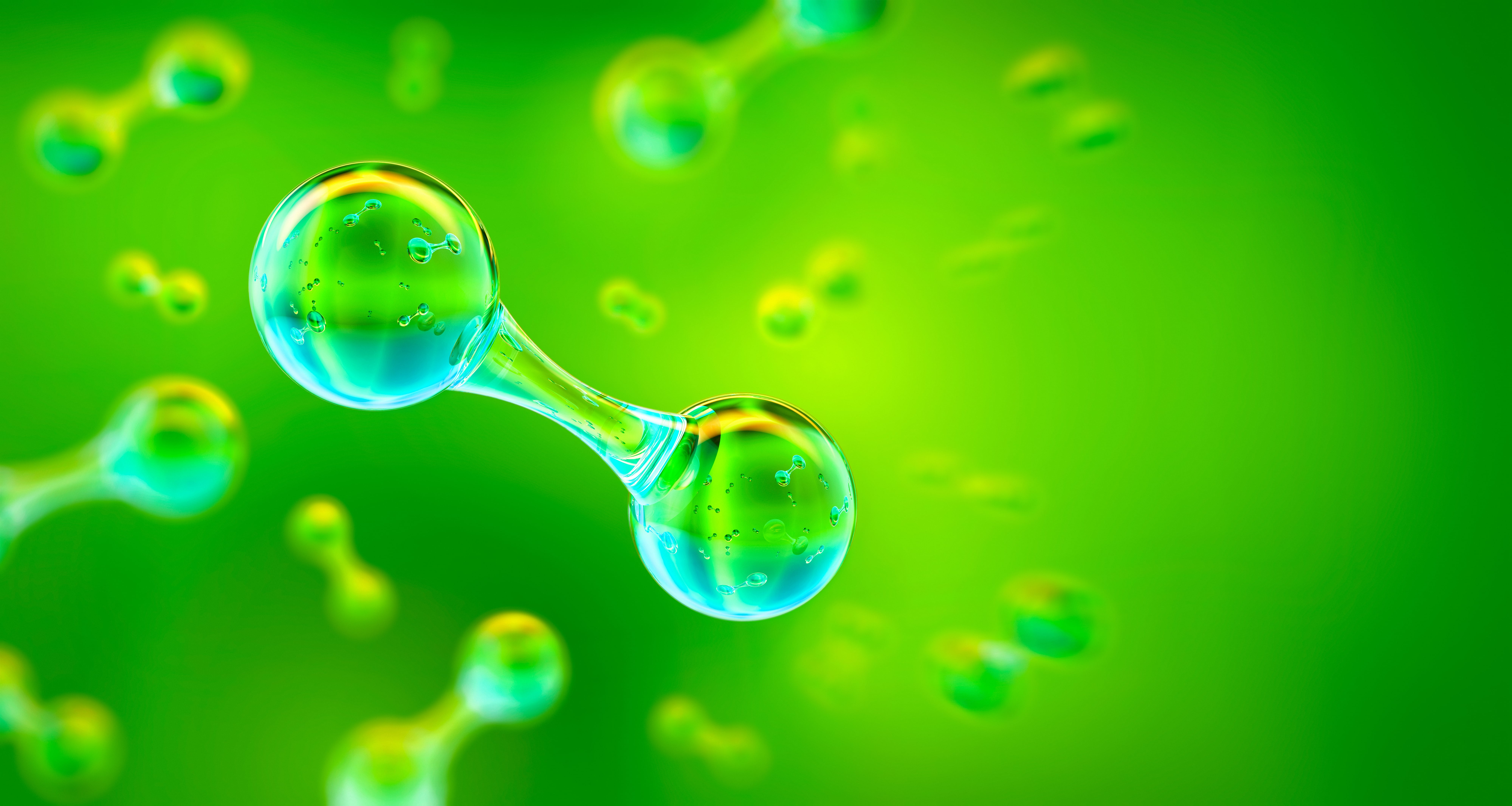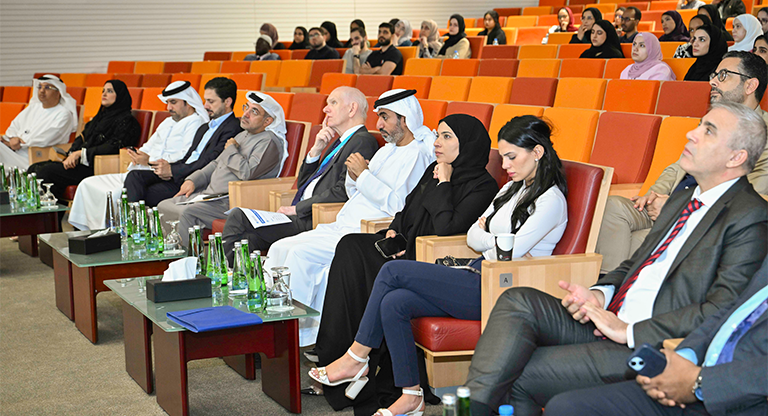
A team of researchers from Khalifa University’s Research and Innovation Center on CO2 and Hydrogen (RICH) has developed a novel integrated approach to search for efficient photocatalysts for hydrogen production.
As the world seeks more efficient and environmentally friendly sources of energy, attention has turned to low-carbon hydrogen production and applications. Hydrogen is abundant in enormous quantities on Earth, but not freely. It is bound in water, hydrocarbons, and other organic matter, making efficient extraction of hydrogen one of the main challenges to using it, or one if its derivatives, as a fuel or feedstock for other applications.
A team of researchers from Khalifa University’s Research and Innovation Center on CO2 and Hydrogen (RICH) has developed a novel integrated approach to search for efficient photocatalysts for hydrogen production.
Prof. Lourdes Vega, Director of RICH, Dr. Mutasem Sinnokrot, Dr. Daniel Bahamon, and PhD student Yuting Li published their results in npj Computational Materials. Their model identified four promising novel co-catalysts with very good performance to be further explored in experimental studies.
Hydrogen production is usually classed in terms of color labels. In this work, the RICH team focused on green hydrogen production, using renewable energy sources to split water or hydrogen sulfide, which is abundant in the UAE from natural gas processing. Here, the splitting process uses solar energy and semiconductors for photocatalysis and can operate at room temperature and ambient pressure, simplifying the equipment needs.
“Cadmium sulfide (CdS) has been extensively studied as a visible light-active semiconductor for producing hydrogen by virtue of its low cost, proper band edges for visible light response and proton reduction,” Prof. Vega said. “Loading co-catalysts onto its surface has proved to be an efficient approach to regulate the electronic structures and enhance the photocatalytic activity.”
This process is known as doping, where transition metals are loaded onto CdS, improving the stability of the catalysts, providing active sites for the reaction to take place, and improving efficiency. In recent years, modeling has proved helpful in guiding the selection or design of catalysts for efficient hydrogen generation, significantly accelerating the development of new catalysts.
The RICH team found that previous studies focused exclusively on the applications of electrocatalysis and the doping effects on the catalysts’ fundamental properties. Systematic theoretical analysis for developing multifunctional, highly active, and stable catalysts for photo-induced hydrogen production was still required.
As such, the team developed a top-down approach to systematic computational screening to identify the co-catalysts that could meet the desired requirements for splitting water and hydrogen sulfide to produce hydrogen. The team also found that CdS photocatalysts doped with two transition metals as opposed to just the one could dramatically improve efficiency.
“The insights obtained from this work explain at the electronic and mechanistic levels why transition metals doped on CdS photocatalysts can improve the reaction performance compared with the pristine CdS surface,” Prof. Vega said. “We can then quantify and rank the performance of the different doped surfaces using our calculations. This work provides robust guidance for designing the optimal catalyst candidates for green hydrogen production, moving them closer to the market.”
Jade Sterling
Science Writer
9 March 2023






